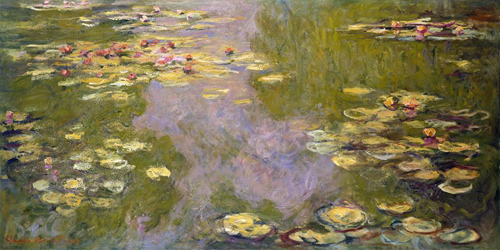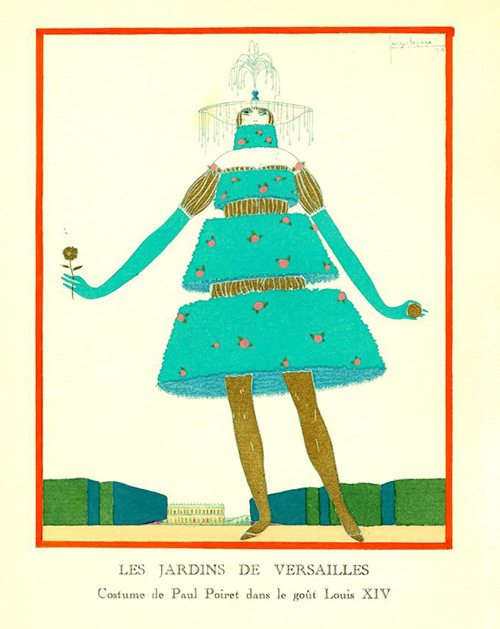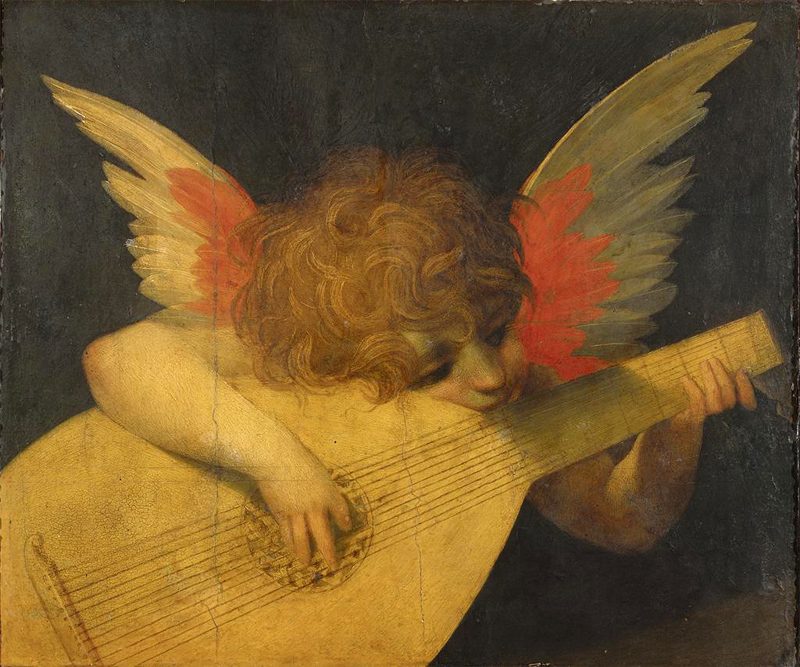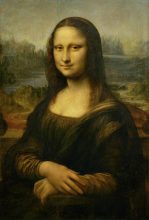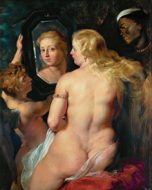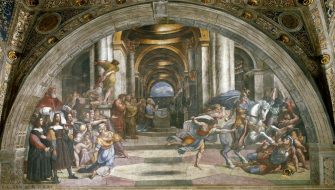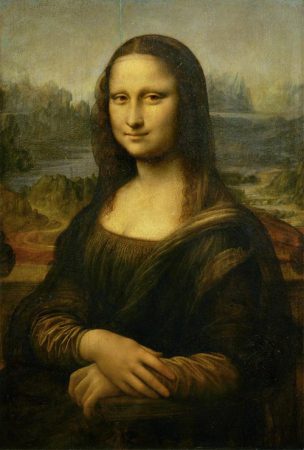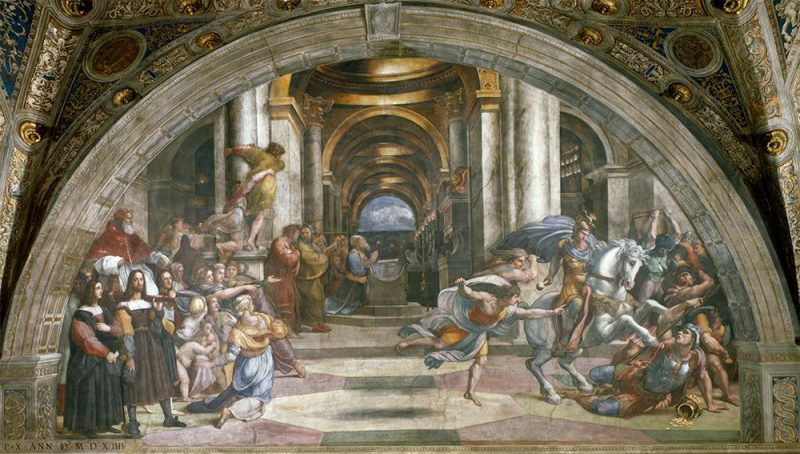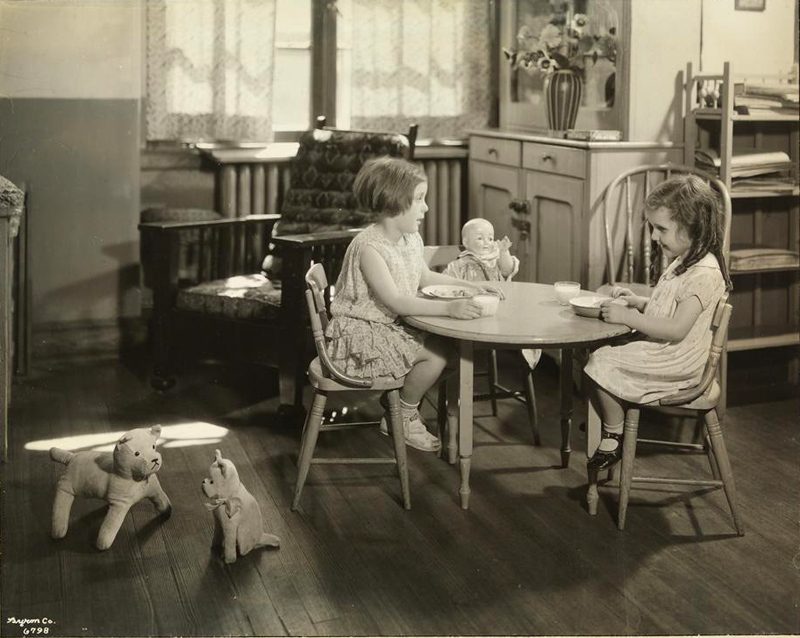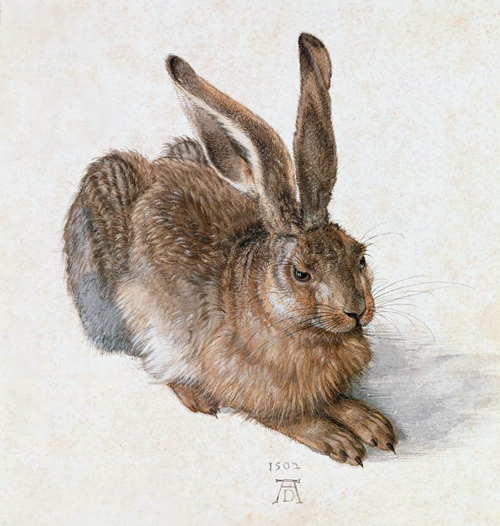
Albrecht Dürer, Hare (A Young Hare), 1502, Graphische Sammlung Albertina. Image and original data: Erich Lessing Culture and Fine Arts Archives/ART RESOURCE, N.Y.
Easter is around the corner, and with it comes the inevitable barrage of images of the Easter bunny. The strange thing is that the only mentions of rabbits in the Bible are prohibitions against eating them in the Old Testament. So what gives?
The underlying idea is that rabbits are connected to the idea of rebirth—not only do they reproduce prodigiously, at one time they were believed to reproduce asexually. The connection of rabbits to rebirth also occurs in non-Christian societies: The Rabbit in the Moon (instead of our Man in the Moon) is a familiar symbol in Asia, and was part of Aztec legend, tying the idea of rabbits to a “rebirth” every night. But other qualities of rabbits and hares also get highlighted in folklore, including their mischievous side, playing the role of cunning tricksters in Native American and Central African mythologies.
